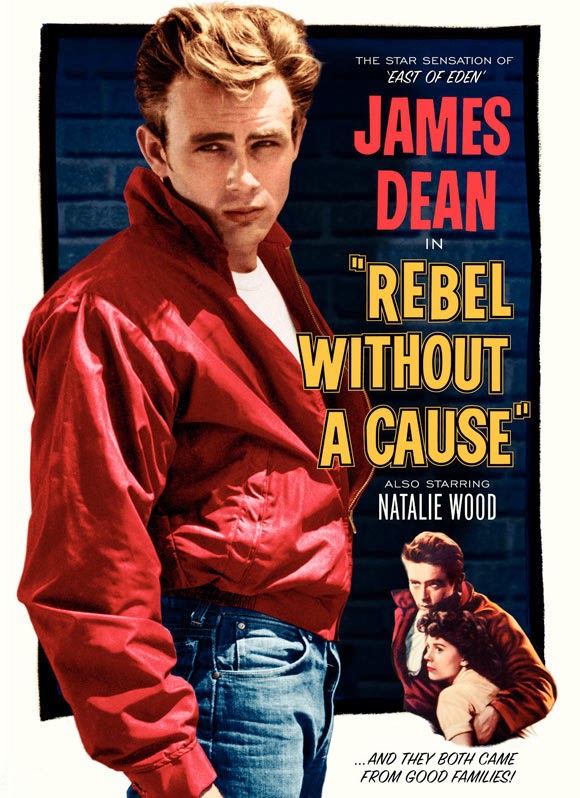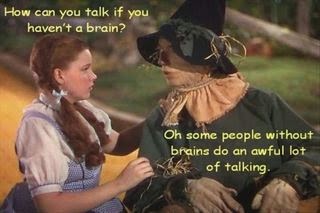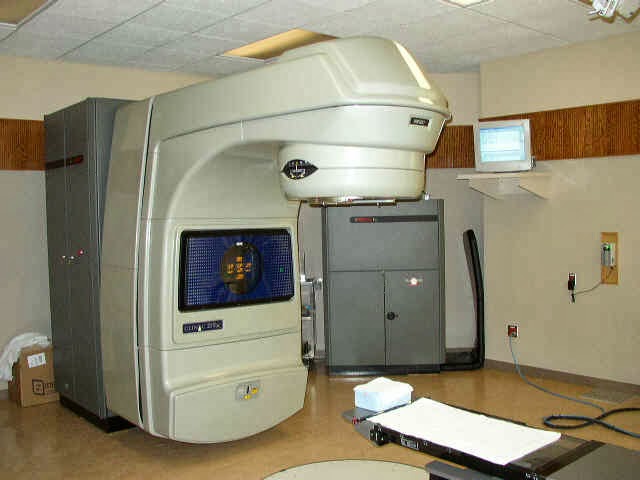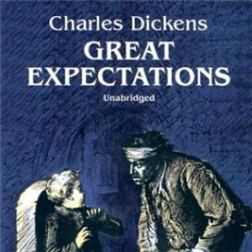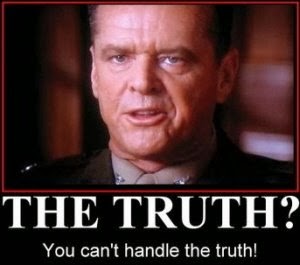Rebel Without a Cause… Or Maybe?
OK, enough with stats. Let’s talk a little about causality. You have been patiently wearing your pocket protector for a couple of months, asking the right questions all the time, and diligently reading this blog to glean as much information as possible to become a research scientist.
So what now? Do you feel a little like a Rebel Without a Cause? You are asking questions that are interested in describing an association of interest. How about the association between watching horror movies and myocardial infarction (MI). One possibility is that watching horror movies is the cause-effect of an MI. You’re thinking: sure but there must be other explanations. You are right! Actually there can be another 4 rival explanations:
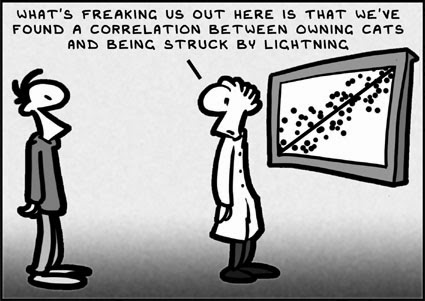
1- By chance alone you observed an association in your data. This is a spurious association.
3- Effect – cause: having an MI is the reason (cause) for watching horror movies – reverse to what you were thinking.
4- Confounding: watching horror movies is associated with a third factor that is the cause of MI. Say eating all those unhealthy snacks during the movie.
And of course don’t forget your initial “gut feeling” cause-effect: watching horror movies is a cause of MI.
Phew! That is a lot to think of. So what is important to remember? When designing your study to answer your question, you must always consider how to avoid spurious associations and concentrate on ruling out real associations that do not represent cause-effect. Especially those due to confounding.
Take a break and watch the Chicken Game from Rebel Without a Cause and then listen to Rebel Music to calm down after the game of chicken. So is playing chicken with cars hurtling towards a cliff associated with death? Possibly. But in watching the clip you see that maybe there is a confounding factor… See it?
Until next time in the blogosphere,
Pascal Tyrrell
If Only I Had A Brain…
So how was March break? My family and I went to Stowe, Vermont for a little skiing. Awesome. However, the 8 hour drive with 3 kids, our luggage, skis, snowboards, and snacks to get there… maybe not so much. We felt a little like Dorothy in the The Wizard of Oz.
Last time we were talking about p-values and inferential statistics (see Naked p-value if you don’t remember) and I mentioned that I would talk a little more about hypothesis testing. Now Ronald Fisher believed that if you obtained a large p-value when performing a statistical test then you would reject the null hypothesis. So the null hypothesis is always assumed to be true until shown to be false with a statistical test. This helps you determine the probability of seeing an effect as big or bigger than that in your study by chance alone if the null hypothesis were true. This is called significance testing.
Here is an interesting thought: in many (most?) situations the statistical test you perform for the your study is to test the null hypothesis that no difference in effect exists between groups. In our previous example we were interested in whether gals or guys are associated with whether they like the Naked Gun movies or not in the population of blog readers. If no difference truly existed between gals and guys then why perform the study? The null hypothesis that both gals and guys equally like the Naked gun movies is a “straw man” meant to be knocked down by the results of your study. Therefore, you should always maximize the power of your study in order to knock down the straw man and show a difference exists between gals and guys.
Ok. Now that we have worked up a sweat knocking down Scarecrow from the Wizard of Oz, cool down listening to Long December (yes, I am happy spring is around the corner) from the Counting Crows and…
I’ll see you next time in the blogosphere.
Pascal Tyrrell
REsearch and Destroy!
Why do we need to find out things, shouldn’t we be content with what we have already, why does research matter? Well, simply put, we conduct research because we are eager human beings looking to seek further knowledge into any task or question presented to us. Human beings in general are inquisitive beings that become fulfilled when they accomplish something and the information spectrum is broadened. To accomplish almost any goal, whether it be recreational or academic, information through research is required. Research essentially helps humans, be human. We question, research and come up with an answer, and that in itself is a true accomplishment.
Research, like any other entity, has its ups and downs. You can follow the processes, look in the right books, but come up with the wrong information. When that happens, do not give up your search, rather organize it another way. Even if that seems to be time wasted, it was not, because the amazing thing about seeking knowledge is even if it’s the wrong knowledge found, one still learns from ANY obtained information. Research is a definite experience, and something valuable is ALWAYS learned when conducting research, whether it be the information being searched for, or a bit of self growth. And the best part? There is no time limit to knowledge. So get started. Just remember your keywords.
The Michener Institute – What is a “Michener” Anyway?
What is the Michener Institute? Where is the Michener Institute? As students here at the Michener Institute, we get these questions a lot! So let’s start with a brief introduction. The Michener Institute is located right in the heart of the Toronto hospital district, just behind Princess Margret Hospital. It is an applied health science establishment specializing in many health related disciplines. These include chiropody, respiratory therapy and radiation therapy, just to name a few. Jennifer Vuong, Gordon Wang & Ori Wiegner, the three amigos, are all part of the Radiation Therapy program!
People have many misconceptions when it comes to radiation and its applications. The first thoughts that come to mind usually relate to atomic bombs or microwaves. People rarely think of the medical applications of radiation, such as cancer treatments, diagnostic x-rays and CT scans. The variety of uses for radiation is astounding!
This summer we are all excited to take part in our first ever clinical placements! Jennifer and Ori will be attending Princess Margret Hospital and Gordon will be attending Kingston Regional Cancer Center. We will continue to blog about our student experiences at Michener and very soon about our individual hands on experiences at our placements!
For more in information regarding the radiation therapy program visit: The Michener Institute – Radiation Therapy
Pick me! Pick me! Pick me!
Ogive? What the what? Oh, “jive”… right!
Ahhh, the 80’s. Interesting years to be in high school. I think I never quite fully recovered. I don’t wear Corduroy pants anymore but the acid wash jean jacket… maybe. Not sure what I am talking about? Have a peek here: 80’s-fashion.
So in my last post we talked about the concept of expectation (see Great-expectations) and the importance of organizing our data. Ask me what I think is the most important step to understanding your data? Organizing and graphing it – always. It is such a simple thing to do and yet it gives you crazy perspective and insight for any analysis that may follow.
The concept of a frequency distribution in statistics is paramount. By organizing your data values into an appropriate number of classes we in fact make more explicit the information that is there in the data. The resulting frequency table can then provide us with some basic summary statistics such as class frequencies and proportions. By the way, classes have end marks. The upper and the lower. The average of these two marks is the mid-point and the interval is the difference between adjacent class mid-points. Lastly, the class mid-point plus or minus half the interval gives you the class boundaries… Boring? Maybe you need a break. Watch the trailer for the epic 1980 movie Airplane! to decompress a little: Airplane! movie trailer…
So what now? We need to present this data graphically. The first chart to think of is the bar chart. It is simply a plot of the frequency against class, where the class frequencies are represented by bars. Classes in this case are made up of SINGLE readings. How about an example using radiation counts?
If your classes are made up of a GROUP of readings than you would consider a histogram as in this example using velocity of light measurements.
Now if you were to join the mid-point of each class by a straight line you would obtain a frequency polygon. This would allow you to easily compare several distributions on a single graph.
Finally, if you were to plot the CUMULATIVE frequency against the upper class boundary you would produce a cumulative frequency polygon – AKA the “ogive” as it has the characteristic arch-like shape found in architecture.
If you ever find yourself using the term ogive in a public setting and getting blank stares from your friends then refer to the funny “jive” scene in the infamous movie Airplane! to diffuse the situation: Airplane! – Jive Scene.
Hopefully, everyone will say: “Oh, jive. I get it!”…
Let’s talk a little about data types next time. Ok?
See you in the blogosphere…
Pascal Tyrrell
Great Expectations and What the Dickens is Probability Distribution Anyway?
If you are feeling like Pip in Charles Dickens’ wonderful novel Great Expectations every time you think of statistics, you are not alone! Not sure who Pip is? Have a peek at the latest of many movies based on this book: Great Expectations trailer
Pip started life in a poor community raised by a much older cruel sister. He did, however, grow up to be a gentleman (and a scholar?) and come to realize that our great expectations in life won’t necessarily come true. We instead work hard all of our lives and ultimately have to accept what is. Getting too serious? Have a gander at Diggy Simmons music video “Great Expectations” to relax a bit: Diggy Simmons music video
Ok we’re back. So what is the link between Pip and statistics?
As a researcher we are often interested in “what to expect” in future experiments or trials. The methodology used to perform the research and analysis of results will help to obtain an estimate of the answer to your question – see my previous post if you are in the dark about this one (Allegory of the cave).
In statistics the term “expectation” is given a precise definition in terns of probabilities (the chance that something will happen – how likely is it that some event will happen). Thus, if we consider an experiment or trial as taking a variable x at random from some population of readings and recording its value then the value to expect for x is the mean µ of this population.
Here is the rub: the population mean is usually a quantity whose value we can NEVER determine exactly – it is the value to EXPECT. This is a VERY important concept in statistics.
*** Caution: stats talk below – skip if already feeling dizzy…
When we make predictions about future trials we have to keep in mind that we are working with a sample of results that will necessarily have a measure of uncertainty associated with them. By organizing our data into frequency tables we can then present its distribution graphically (ie: frequency curve, histogram) and get our first appreciation of where the center is (mean, median, mode) and scatter (variance and standard deviation). Finally, if we convert our frequency distributions to probability distributions (divide each class frequency by the sum of frequencies) we can obtain expected values from these distributions. Plural? There are different types? Yes, and we will chat about these in future posts…
*** Safe re-entry here:
I am ok with having to work with estimates and never knowing the truth. You? As Socrates once said (a long, long time ago!): “The only true wisdom is in knowing you know nothing.”
So what next? Maybe watch the movie “Great Expectations” this week-end and tell everyone that you were studying for your stats class. Let’s talk about organizing data next.
Enjoy the movie.
Pascal Tyrrell
The Truth? You Can’t Handle the Truth!
In “A Few Good Men” Jack Nicholson growls “You can’t handle the truth” to Tom Cruise in his Academy award winning performance. Watch a clip of his gritty performance: A few good men. Our pursuit of the truth leads to an interesting path indeed.
This series of posts has as objective to help you develop a scientific “sense”. Have a quick peek at my other posts (http://mivip-utoronto.blogspot.ca/) if you haven’t already and come back. So wanting to know the truth is something we all strive for on a daily basis. Finding the truth is another matter altogether and this philosophical conundrum has challenged many great minds for centuries.
The Roman Emperor Marcus Aurelius once stated many, many years ago: “Everything we hear is an opinion, not a fact. Everything we see is a perspective, not the truth”. Have a quick peek at the trailer for “Gladiator” to put you in the mood. Gladiator
Now Greek philosopher Plato, who predated Marcus a few centuries, got the ball rolling when he presented his Allegory of the Cave, in which he symbolically described his belief that the world revealed by our senses is not the real world but only a poor copy of it, and that the real world can only be apprehended intellectually. Plato used an analogy where we are represented as a gathering of people who live chained to the wall of a cave all of our lives, facing a blank wall. We watch shadows projected on the wall by things passing in front of a fire behind them, and begin to designate names to these shadows. The shadows are as close as we get to viewing reality.

